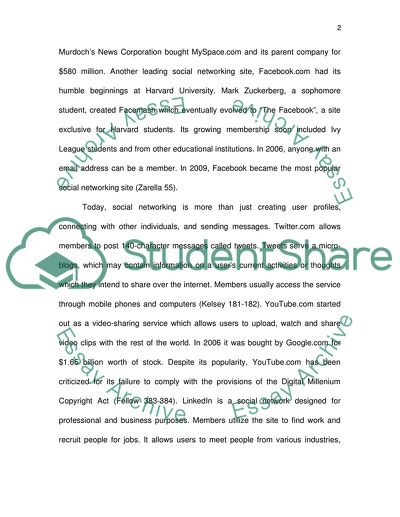Cite this document
(The Social Networks Boom and its Influence Research Paper, n.d.)
The Social Networks Boom and its Influence Research Paper. Retrieved from https://studentshare.org/social-science/1745705-social-networks-boom
The Social Networks Boom and its Influence Research Paper. Retrieved from https://studentshare.org/social-science/1745705-social-networks-boom
(The Social Networks Boom and Its Influence Research Paper)
The Social Networks Boom and Its Influence Research Paper. https://studentshare.org/social-science/1745705-social-networks-boom.
The Social Networks Boom and Its Influence Research Paper. https://studentshare.org/social-science/1745705-social-networks-boom.
“The Social Networks Boom and Its Influence Research Paper”, n.d. https://studentshare.org/social-science/1745705-social-networks-boom.


